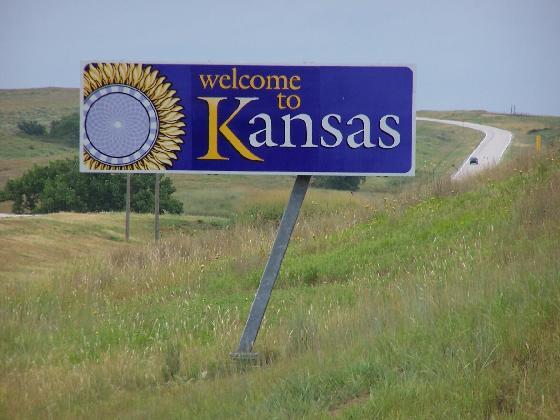Theater worth fighting for
In last week’s talk about theater, Tim Crouch lamented what he saw as theater’s betrayal of its own strengths, its own theatricality. Most pieces, as well as most audience’s expectations, rely heavily on naturalism, costumes, sets, and dialogue that create the illusion that some other part of of the world was surgically cut out of the fabric of its own reality and transported to the 30’X15′ footprint of the stage. Couch’s concern was that film and television will always be able to create the more convincing reality, and that theater would do well to focus on the headier, more existential issues that it’s immediacy is suited for.
I’m torn by this assertion. On the one hand, I’m right there with him believing that naturalistic linear narrative ranks pretty high on the ho-humeter. But while a majority of the shows produced follow that aesthetic, there is a wealth of theater made for those of us who want something else, and much of it is quite good. Listening to Crouch’s talk I was reminded of Pig Iron’s Chekov Lizardbrain, much of the Neo-Futurists’ work, Mark Jackson’s Death of Meyerhold, Le Freres Corbusier’s Heddatron. The phenomenal Barrow Street Theater production of Our Town, in particular, dealt directly with the notion of naturalism and artifice as it relates to existence and memory (and earned its director David Cromer a MacArthur fellowship). Granted, these productions are more common in New York, Chicago and other urban centers, but is there really much of an audience for this kind of theater outside of these areas? Should there be? Does Crouch imagine a large untapped audience in Kansas that would love theater that challenges their preconceived notions of reality?
Work like this requires active viewing, and frankly, not everyone is interested in (or, at the risk of exposing my elitist nature, capable of) engaging a work at this level. People who want this kind of theater tend to find it. People who want to see a the theatrical equivalent of an amusement park ride come to life can find that as well. There’s commercial theater, and then there’s three syllabled thee-AY-tre.
It’s a great irony that theater’s strength, the thing it can do that few other art forms can mimic, is also what makes it most vulnerable in today’s increasingly ‘art on-demand’ culture. Theater, particularly the theater that both Crouch and I am interested in, absolutely requires the viewer to be physically present in the space. It can’t be time shifted or transmitted. It has to be produced, night after night, and if you don’t live in a town that has enough of an audience, you’re unlikely to get many opportunities to see it, or ever discover that it exists. And with a cheap/free distribution model existentially impossible, it’s unable to capitalize on the long tail that so much other ‘fringe’ art benefits from.
This harkens back to the old Formless vs Definite dichotomy. The theater that Crouch and I desire is keenly aware of it’s theater-ness. It’s theatrical nature is non-invisible, so much so that it cannot survive translation to other mediums (television, YouTube, film). The thing that makes it so interesting also makes it unwieldy, fragile, and vulnerable. Those of us who love it need to be tireless champions for it, since left to it’s own devices, it’s no match for the cruel economies of modernity.
